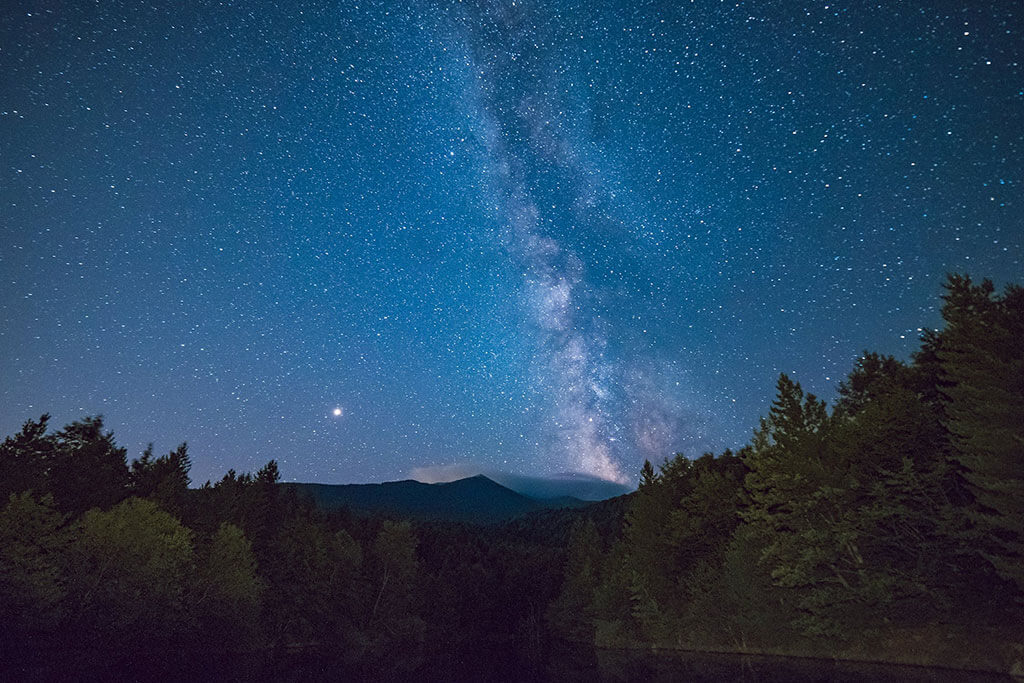
14
March
RASC National Society: The Insider's Guide to the Galaxy - Looking Up in Springtime (ONLINE)
Join us online to learn basic astronomy that you can do on your own from your backyard!
In honour of March Break and better weather, we'll look at the best sights to see in the late winter / early spring evening sky using a backyard telescope, binoculars, or just your eyes.

9
April
DDO: Sunday Sungazing (Online)
Safely observe the sun with us, from the comfort of your home! During these family-friendly sessions, a DDO Astronomer will answer your questions about our closest star: the sun!

11
April
RASC National Society: The Insider's Guide to the Galaxy - The Inner Planets (ONLINE)
Join us online to learn basic astronomy that you can do on your own from your backyard!
We'll explain the dance of the inner planets in the evening sky, talk about conjunctions, elongations, and transits, and share some tips for safely viewing the inner planets.
Galileo did it - so you can, too!

28
January
DDO: Up In The Sky (Online)
David Dunlap Observatory (DDO)

13
August
DDO: Up in the Sky: Perseids Special (ONLINE)
Watch the recorded video: https://youtu.be/NzE4mi09XCw

12
August
DDO: The Perseids Meteor Shower (ONLINE)
Watch the recorded video: https://youtu.be/2hvqrmzzDtg

21
May
DDO: Up in the Sky (ONLINE) (CANCELLED)
Join us, from the comfort of your home! This program provides an illustrated one-hour presentation and discussion about what exciting celestial events to look for each season. The events and phenomena will be explained using simple language, with recommendations about how best to observe and photograph them. Only one registration per household is required.
Deadline to register for this program is Friday May 21, 2021 at 3:00pm. Prior to the start of the program you will be emailed information on the virtual program links and any specific information relating to your program.

16
July
DDO: Up in the Sky (ONLINE) (CANCELLED)
Join us, from the comfort of your home! This program provides an illustrated one-hour presentation and discussion about what exciting celestial events to look for each season. The events and phenomena will be explained using simple language, with recommendations about how best to observe and photograph them.
Only one registration per household is required. Deadline to register for this program is Friday July 16, 2021 at 3:00pm. Prior to the start of the program you will be emailed information on the virtual program links and any specific information relating to your program.

13
August
DDO: Up in the Sky (ONLINE) (CANCELLED)
Join us, from the comfort of your home! This program provides an illustrated one-hour presentation and discussion about what exciting celestial events to look for each season. The events and phenomena will be explained using simple language, with recommendations about how best to observe and photograph them.
Only one registration per household is required. Please register by Wednesday, August 11, 2021 at 5:00pm. Prior to the start of the program you will be emailed information on the virtual program links and any specific information relating to your program.

24
September
DDO: Up in the Sky (ONLINE)
Join us, from the comfort of your home! This program provides an illustrated one-hour presentation and discussion about what exciting celestial events to look for each season. The events and phenomena will be explained using simple language, with recommendations about how best to observe and photograph them.
